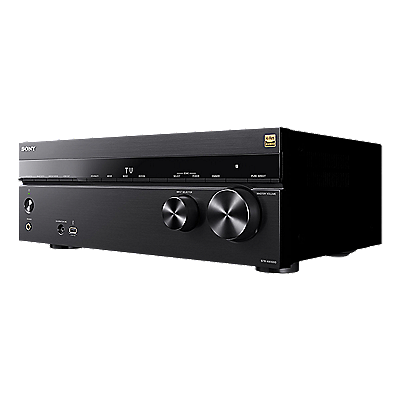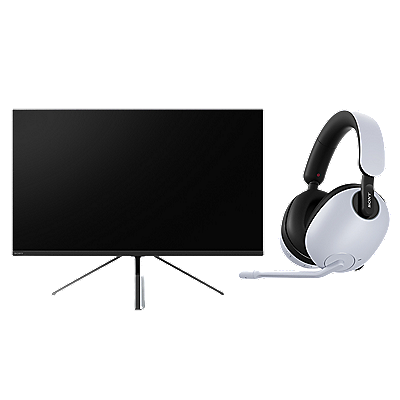Tips to maximize network and internet performance in your home
If you are experiencing performance issues with your network and internet service, review this information.
Network and internet tips for better performance
Understanding Bandwidth
The speed at which data can be sent into to your home is critical when it comes to streaming videos from online sources. A slow internet connection will cause streaming video to stall as it fills the buffer in the receiving device, or you may get a lower-quality stream from the app because it senses that your available speed is not able to handle anything more. internet speed is the term often used to describe the bandwidth available to accept data from the internet to your home. Measured in megabits per second (Mbps), it is the amount of data that can be transferred from the cloud to your connected devices. The amount of bandwidth used in your home will be affected by others in your home who want to stream to their TV, watch videos on their mobile devices or play online games. Also, if your neighbors subscribe to the same cable provider or share the overall bandwidth available in an apartment building or a neighborhood, that will decrease the bandwidth you have available. This is especially true at times when many users want to stream content at the same time. It is important to discuss your viewing habits and other internet usage with your internet service provider so that they can recommend an internet service that will meet your needs.
Avoid using multiple routers in your home network environment
If multiple routers with wireless connectivity are used in a home environment, it is possible that each will supply the same IP address. This can cause issues with connectivity. Contact the router manufacturer, uninstall or suspend the functions of one of the routers.
Use a speed test tool to maximize the capability of all your internet capable devices
Not all devices are the same when it comes to Wi-Fi® speed. Using a speed test tool, check the Wi-Fi speeds on all your devices when you are near your router. Log the different speeds test results to determine which devices may have lower speeds and might not perform effectively when they are farther away from the router. It would be best to use a wired connection, wireless bridge, gaming adapter or powerline adapter for these devices.
Use a wired connection when possible
Advancing equipment has improved the speed and reliability of Wi-Fi services. However, wireless connections are still not as fast or stable as a wired connection. Devices such as streaming Blu-ray Disc® players, internet capable TVs, media players or gaming systems (e.g. the PlayStation® console) need increasing amounts of bandwidth. We highly recommend connecting these devices to your modem or router using a wired Ethernet connection that is communication category 5e or more (Cat 5e).
Best placement of the Wi-Fi router in the home
There are two primary choices and tradeoffs on where you and your technician set up your internet equipment.
- If you use Wi-Fi equally throughout the house, the Wi-Fi equipment should be placed as close to the middle of your home as possible. This helps provide the best possible Wi-Fi signal throughout the household.
- If there is a primary media room where you use Wi-Fi the most, the wireless router (gateway) should be placed there. This allows you to connect devices that require more bandwidth, such as streaming video device or gaming systems, directly into your router and minimize the wireless needs from these devices.
Use just one wireless network in your home
Whenever possible, do not run more than one Wi-Fi network in your home. This may cause devices to have trouble keeping a constant connection due to interference between the networks. The following devices may also cause interference:
- baby monitors
- cordless phones
- microwave ovens
If possible, keep monitors and phones off the 2.4 and 5GHz channels that your Wi-Fi equipment uses. If connection issues persist, turn off these types of devices off when not in use.
Try to give your Wi-Fi signal the clearest path to your devices
Do not block the Wi-Fi signal.
-
Avoid placing the Wi-Fi router in a closet or cabinet or placing it behind something (such as a TV, aquarium or staircase). This will weaken the signal.
-
Do not place the router on the floor or too low to the ground.
-
Do not place the router next to windows.
-
Open any doors to the room where you have placed the Wi-Fi equipment when possible.
Table of materials and their effect on a Wi-Fi signal
Items that interfere with Wi-Fi signals Amount of interference Wood Low Plaster Low Synthetics Low Tinted glass Low to Medium Water Medium Brick Medium Marble Medium 2.4GHz signal (such as a cordless phone) Medium to High Concrete High Microwave signals Medium to High Metal Very High
Support for new Wi-Fi devices and standards
All Wi Fi-enabled devices are built to the 802.11 Wi-Fi standards. Most new Wi-Fi devices support 802.11g, 802.11n or the more recent 802.11ac standard, which all allow for a greater amounts of information a system can process (also known as throughput speed). If your modem or router supports an older standard, such as 802.11b, it may connect to your new device, but it will slow down your Wi-Fi experience. Check the settings of your Wi-Fi equipment to make sure it is set to support the newer 802.11 standards.
Adjust the channel width to minimize interference
If you live in an apartment of townhouse where many separate Wi-Fi networks are active, you may experience interference. If your Wi-Fi devices have trouble connecting, you can limit the channel width on your wireless router. To limit the channel width, use a computer to log in to your wireless router or wireless gateway and minimize the channel width to 20Mhz for your 2.4 GHz network and 20/40 for your 5GHz network. This may assist in minimizing the Wi-Fi noise or interference that cause issues with some devices.
Reboot your Wi-Fi device
It is beneficial to occasionally reboot your wireless router and/or gateway devices. Resetting your Wi-Fi device will often allow the device to detect any changes to the network environment. This helps to make sure you have the best possible Wi-Fi speeds. To reset the router or gateway, unplug the device and wait for 2 minutes. Plug the device back in, power it up, and all of the Wi-Fi devices should automatically reconnect within a short period of time.























